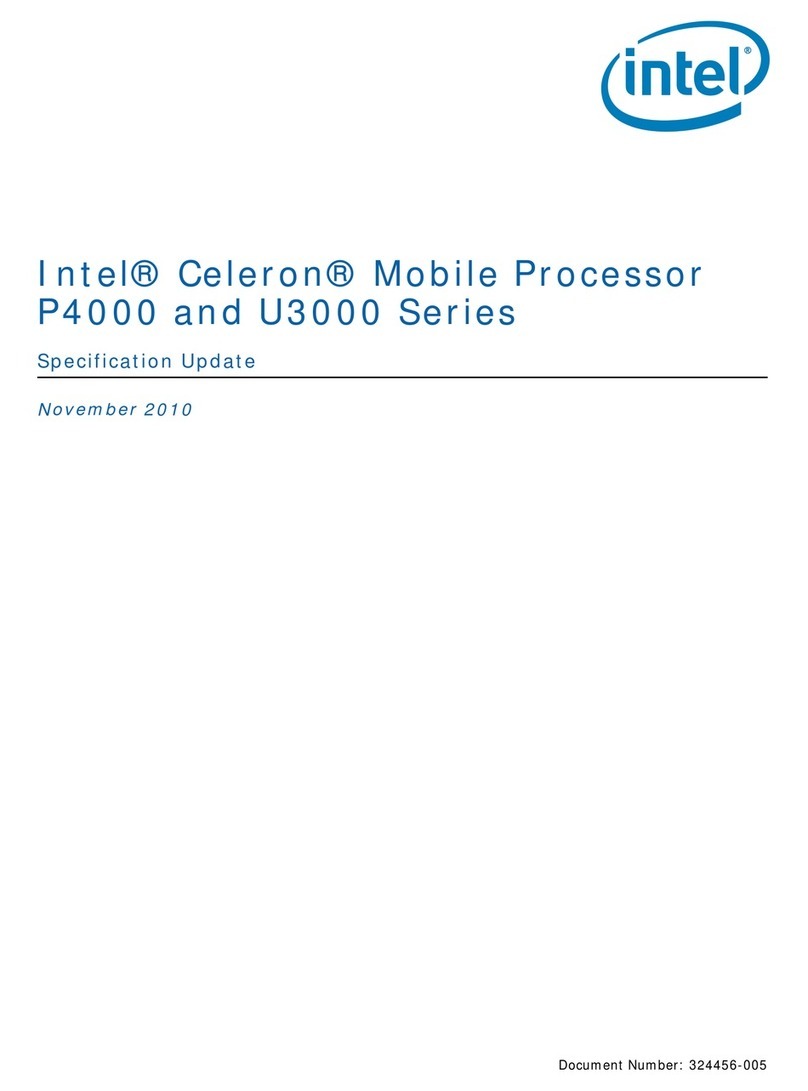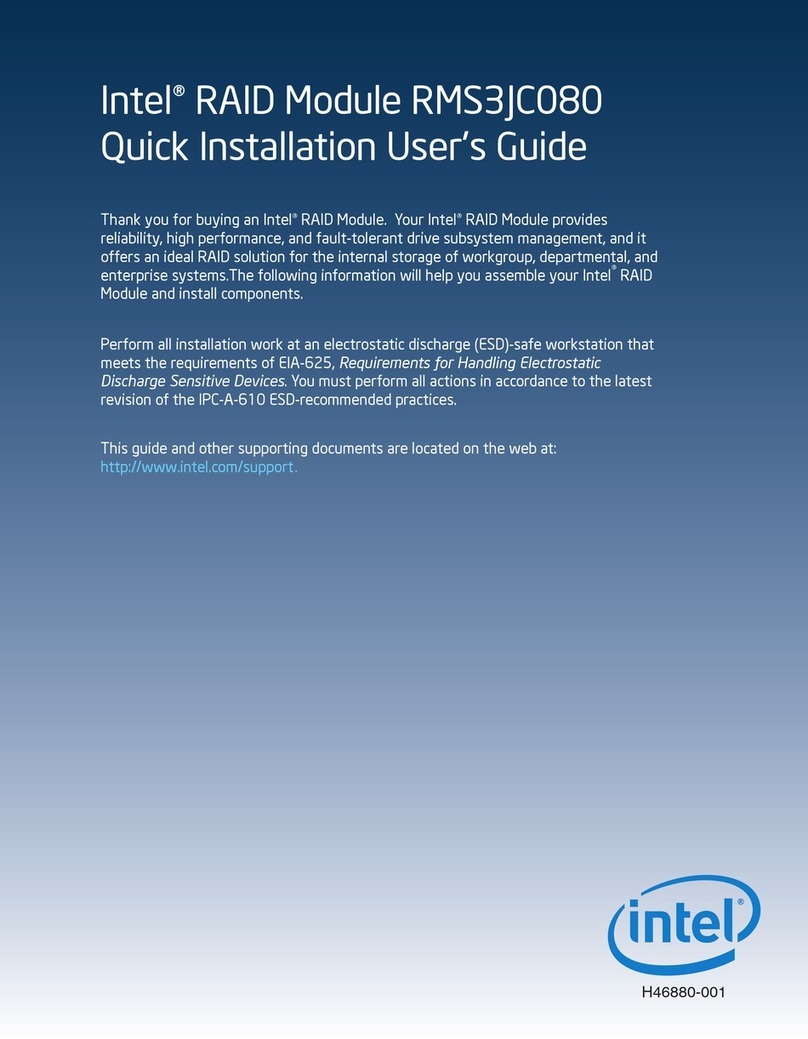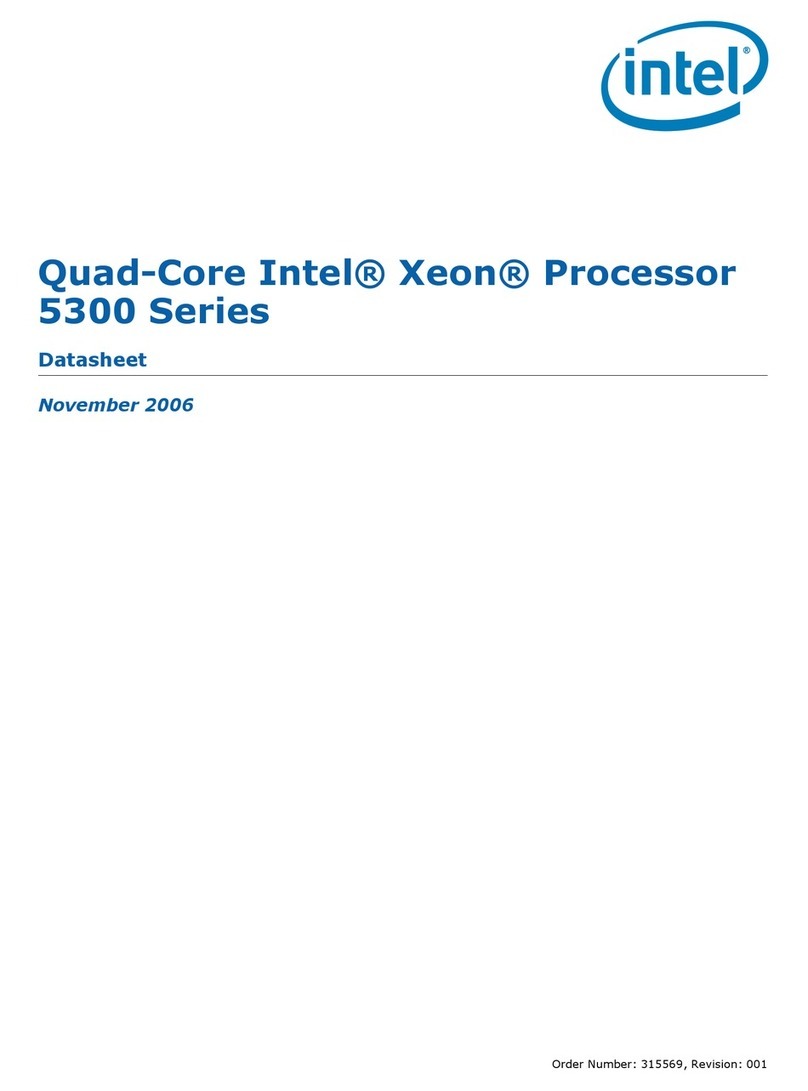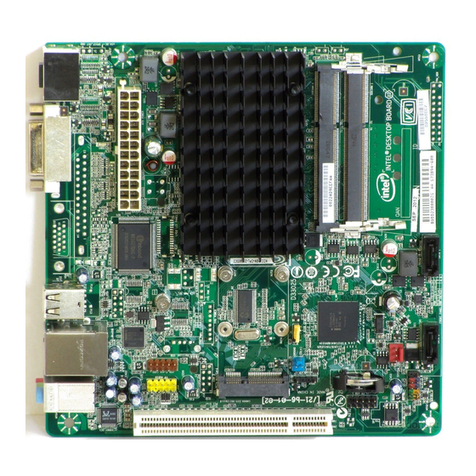Intel MCS48 User manual
Other Intel Computer Hardware manuals
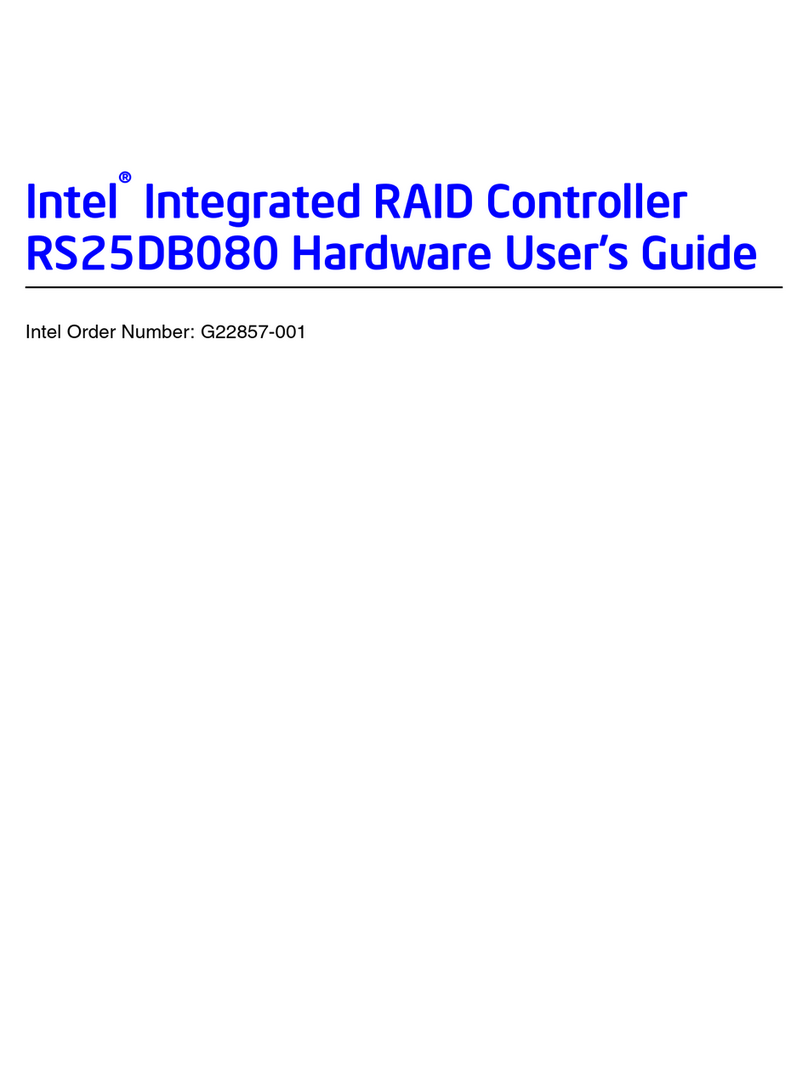
Intel
Intel RS25DB080 Installation manual

Intel
Intel NUC 11 Pro Kit NUC11TNKi3 User manual
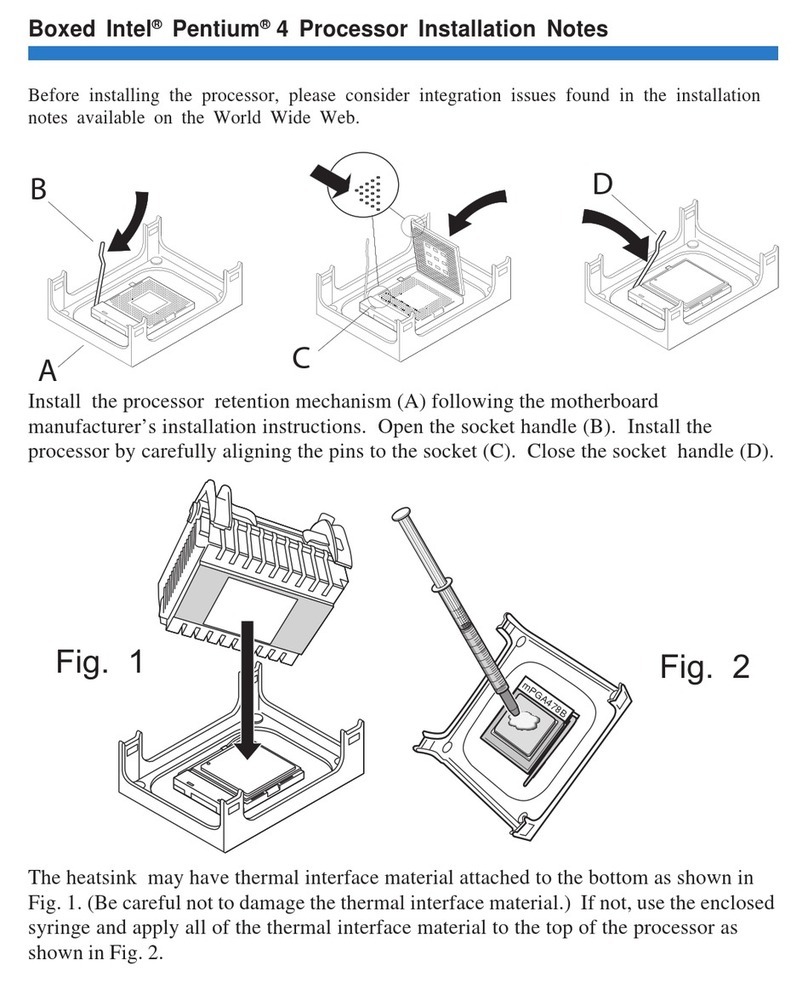
Intel
Intel Pentium 4 Quick start guide
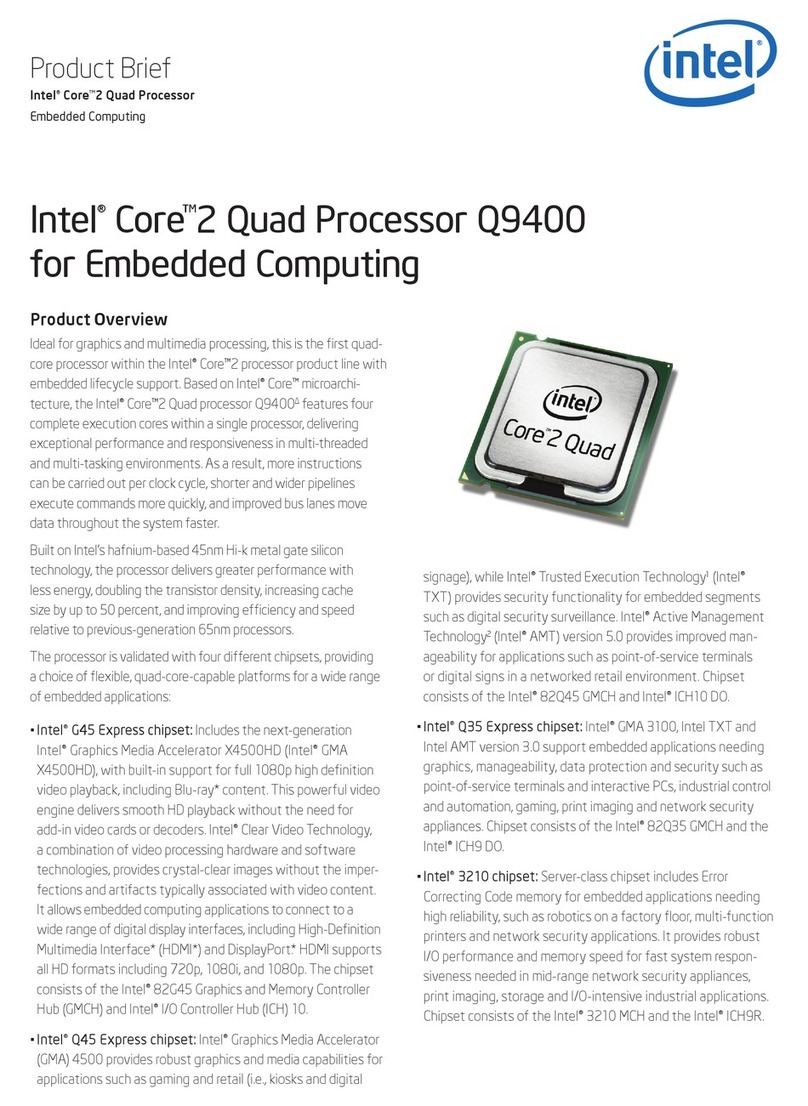
Intel
Intel Core 2 Quad Q9400 Reference guide
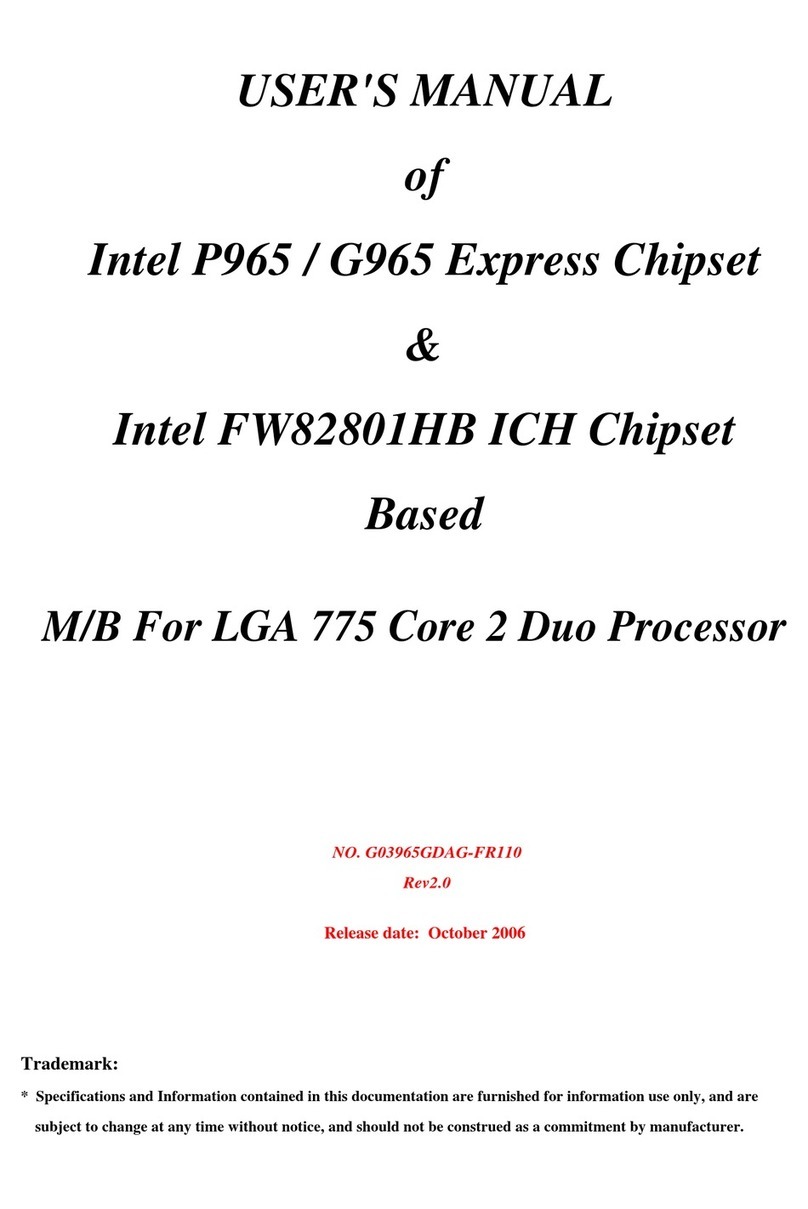
Intel
Intel P965 User manual
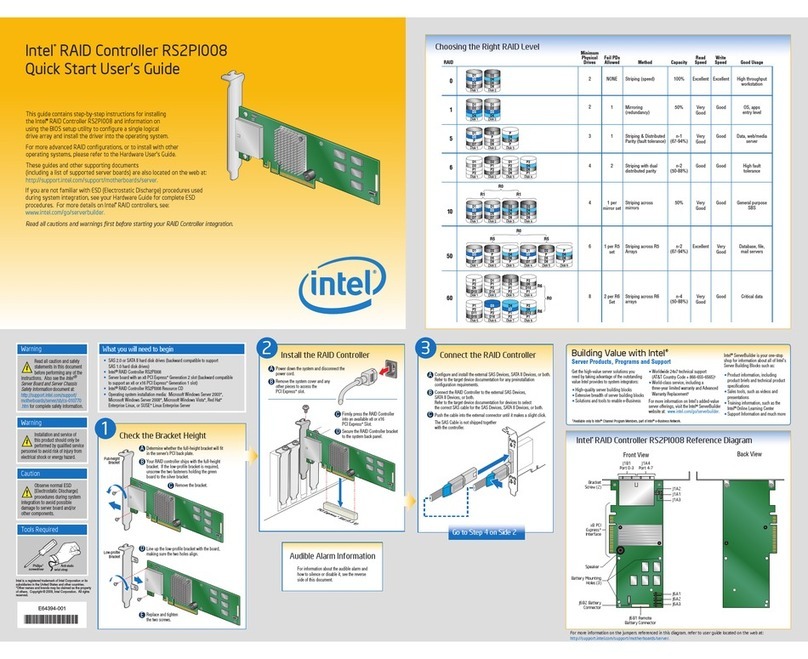
Intel
Intel RS2PI008 Setup guide
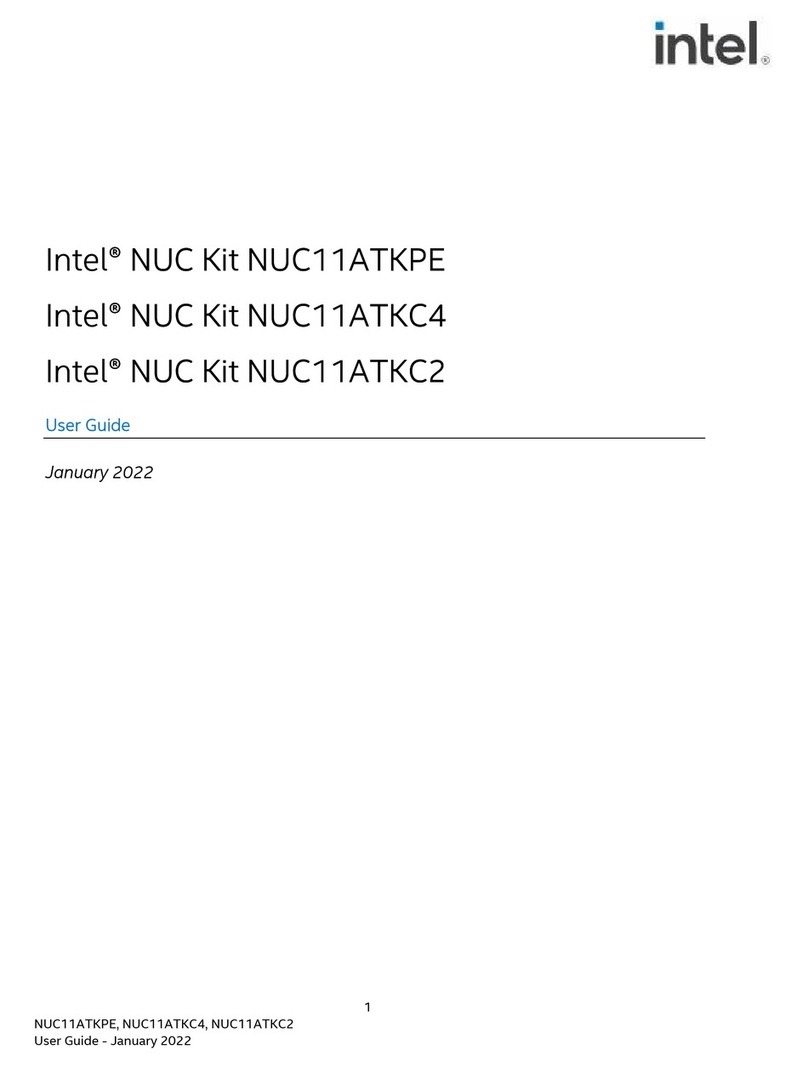
Intel
Intel NUC11ATKPE User manual
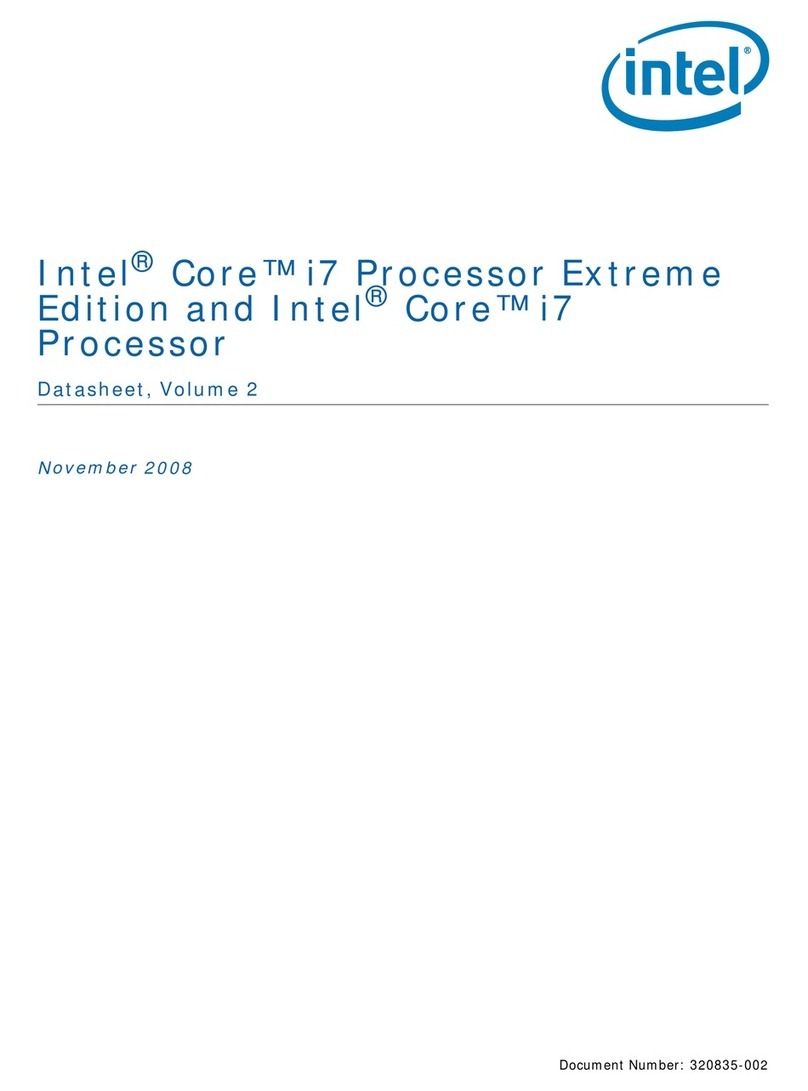
Intel
Intel BX80605I7870 - Core i7 2.93 GHz Processor User manual
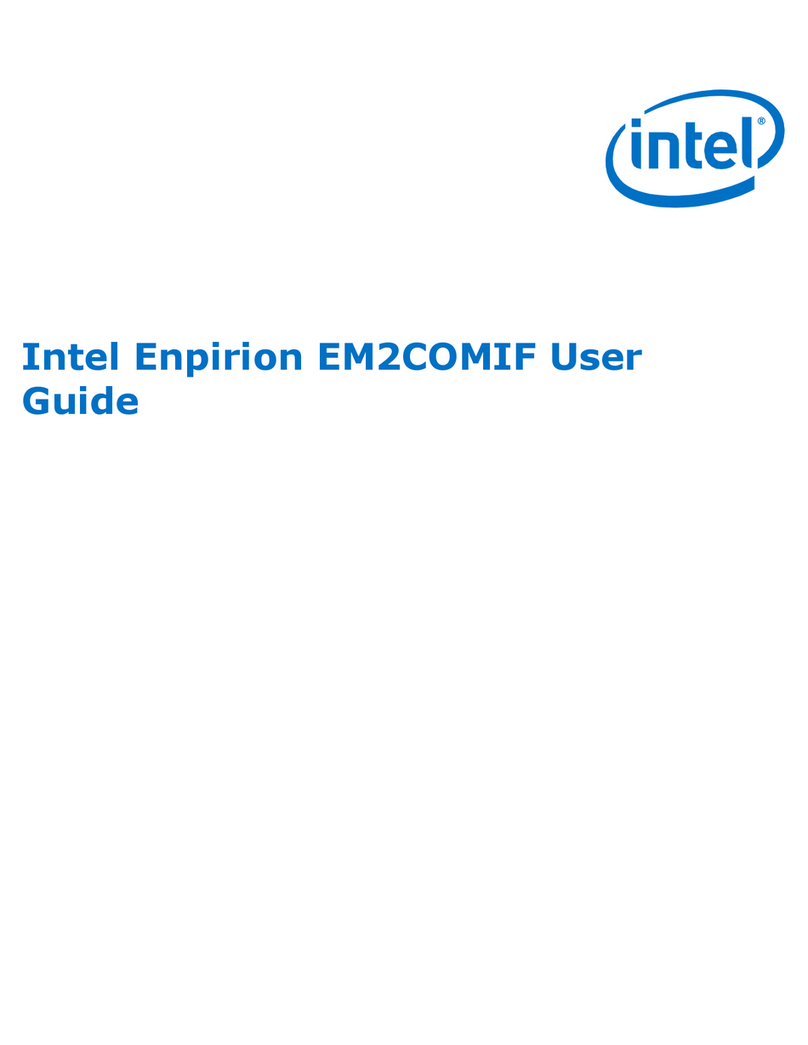
Intel
Intel Enpirion EM2COMIF User manual
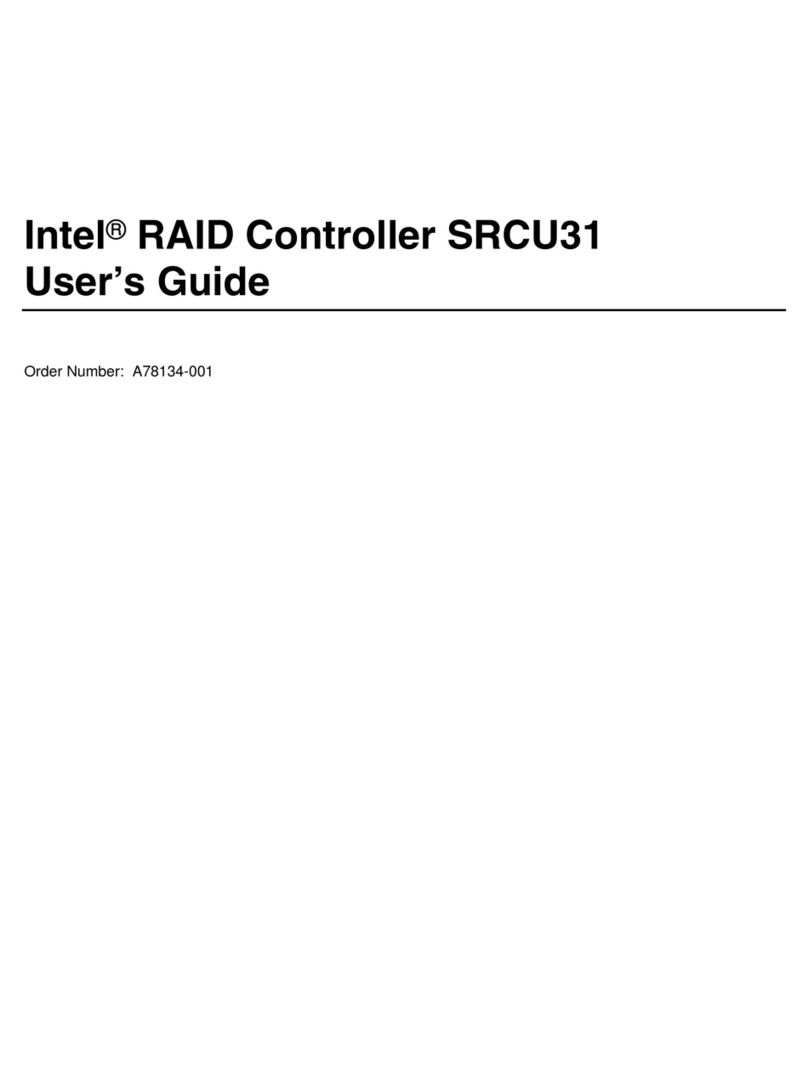
Intel
Intel SRCU31A - Server RAID U3-1A Controller User manual
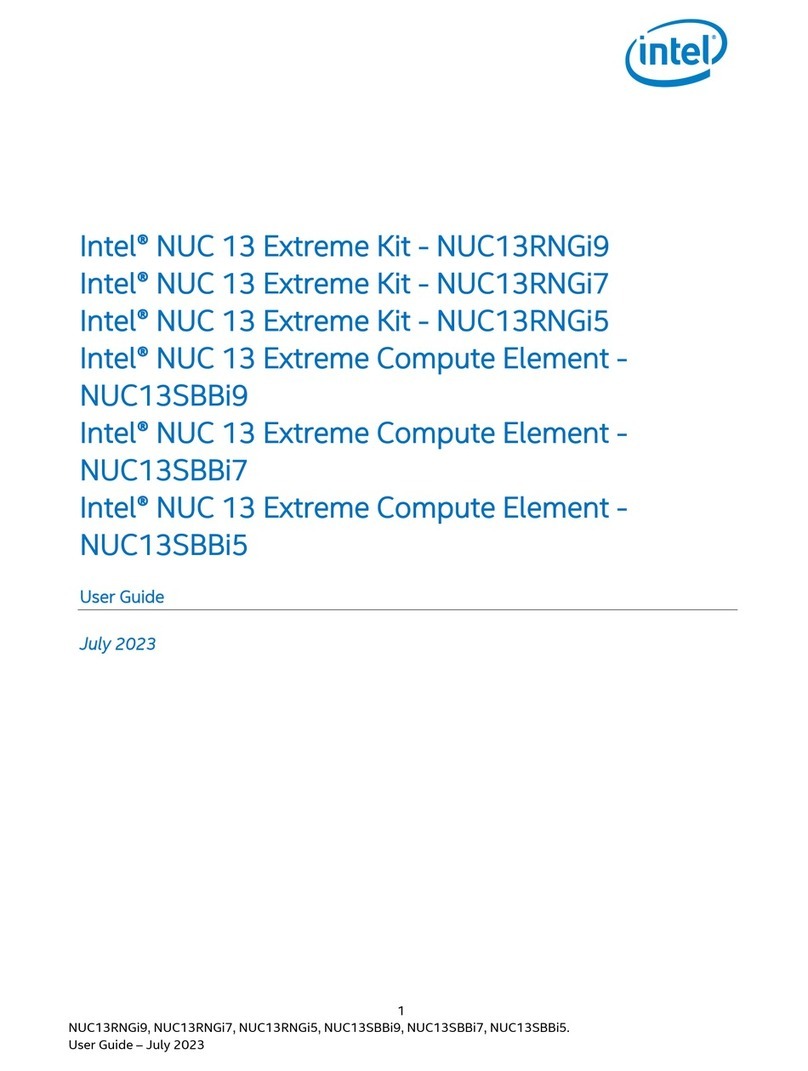
Intel
Intel NUC 13 Extreme Kit NUC13RNGi9 User manual

Intel
Intel DC3217BY User manual
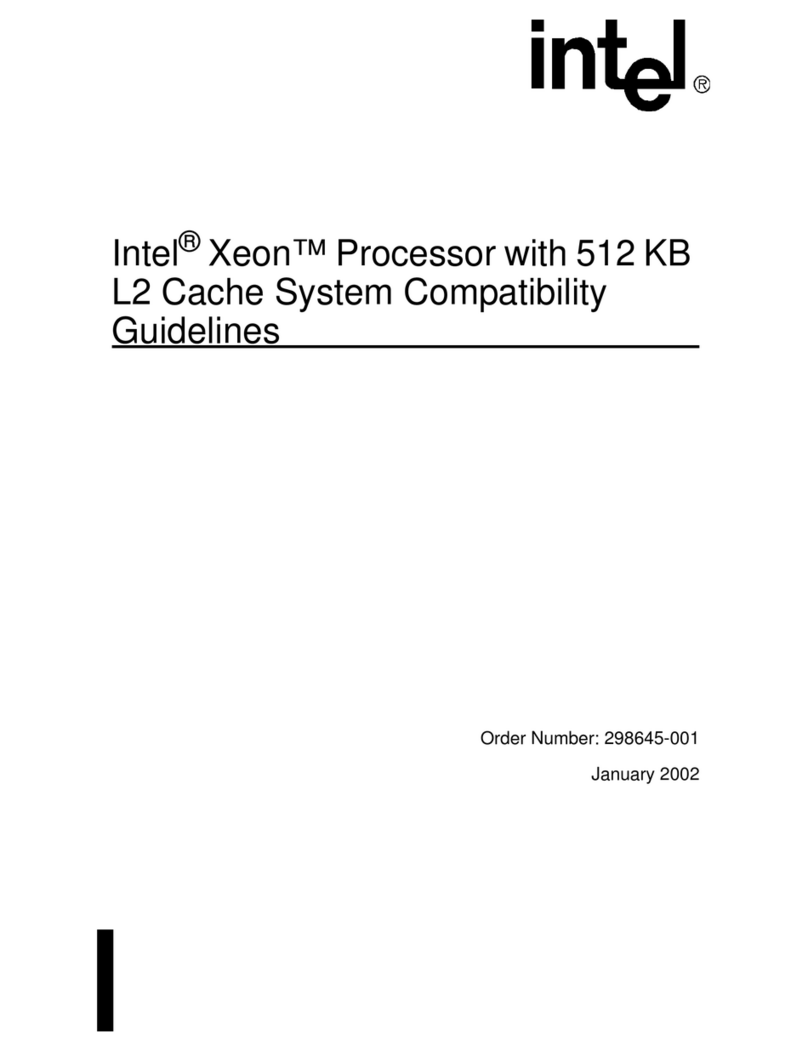
Intel
Intel Xeon Instruction Manual
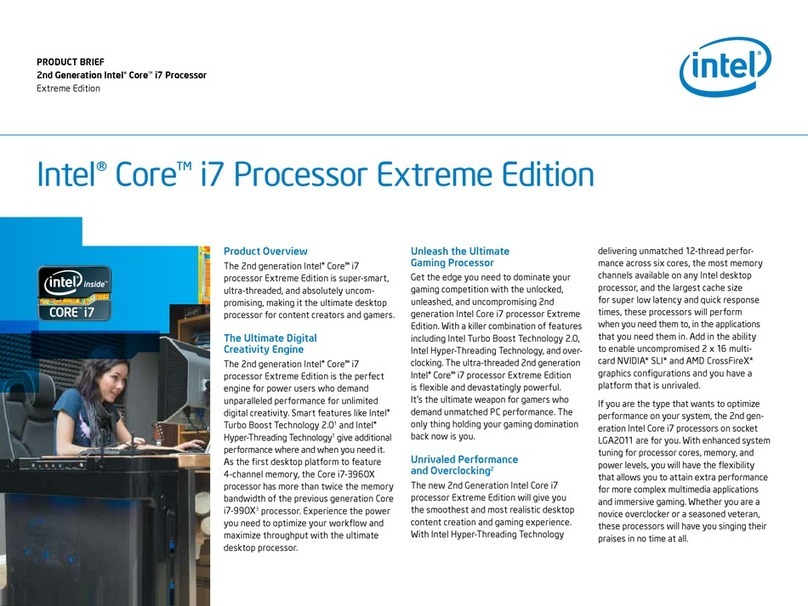
Intel
Intel Core i7-3960X Operating and safety instructions

Intel
Intel Xeon X3380 Reference guide
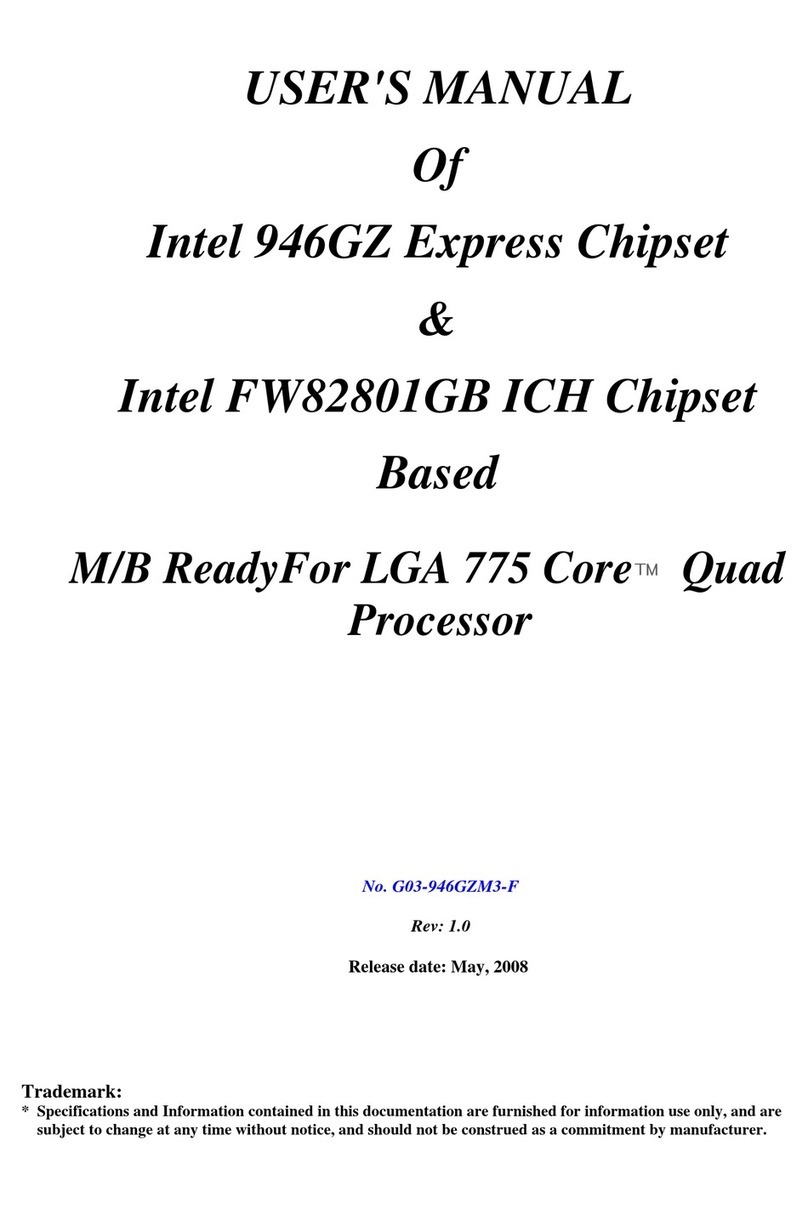
Intel
Intel 946GZ User manual
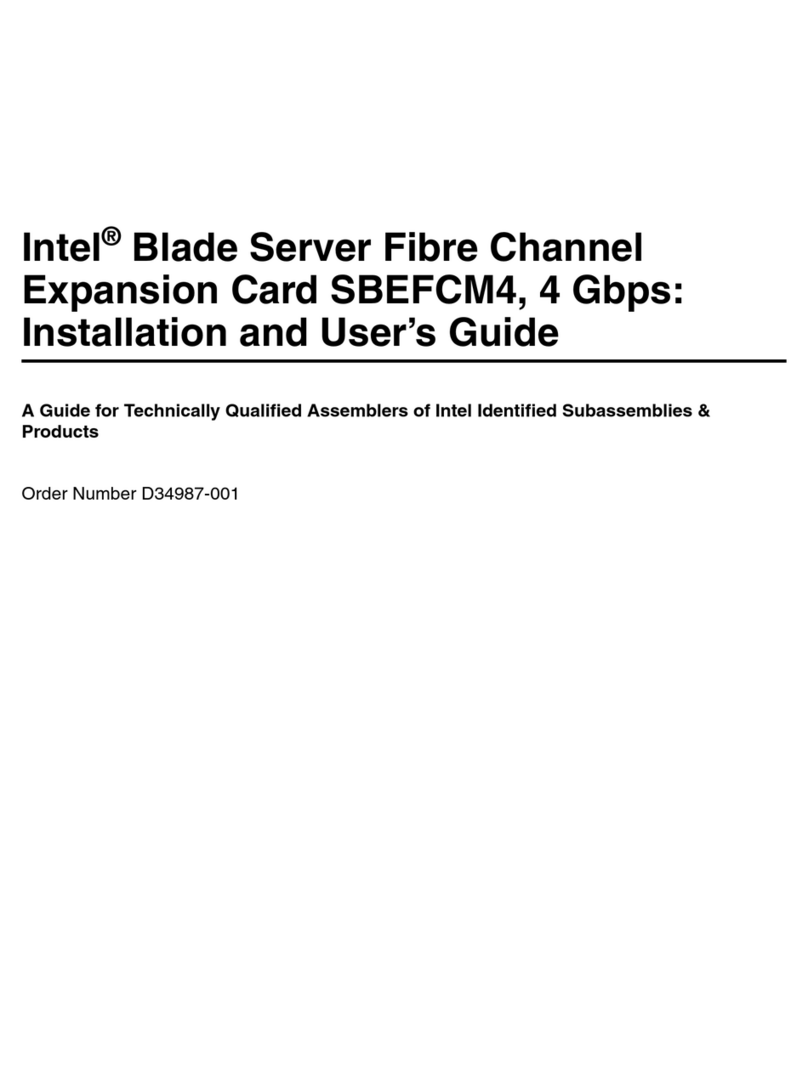
Intel
Intel SBEFCM4 User manual
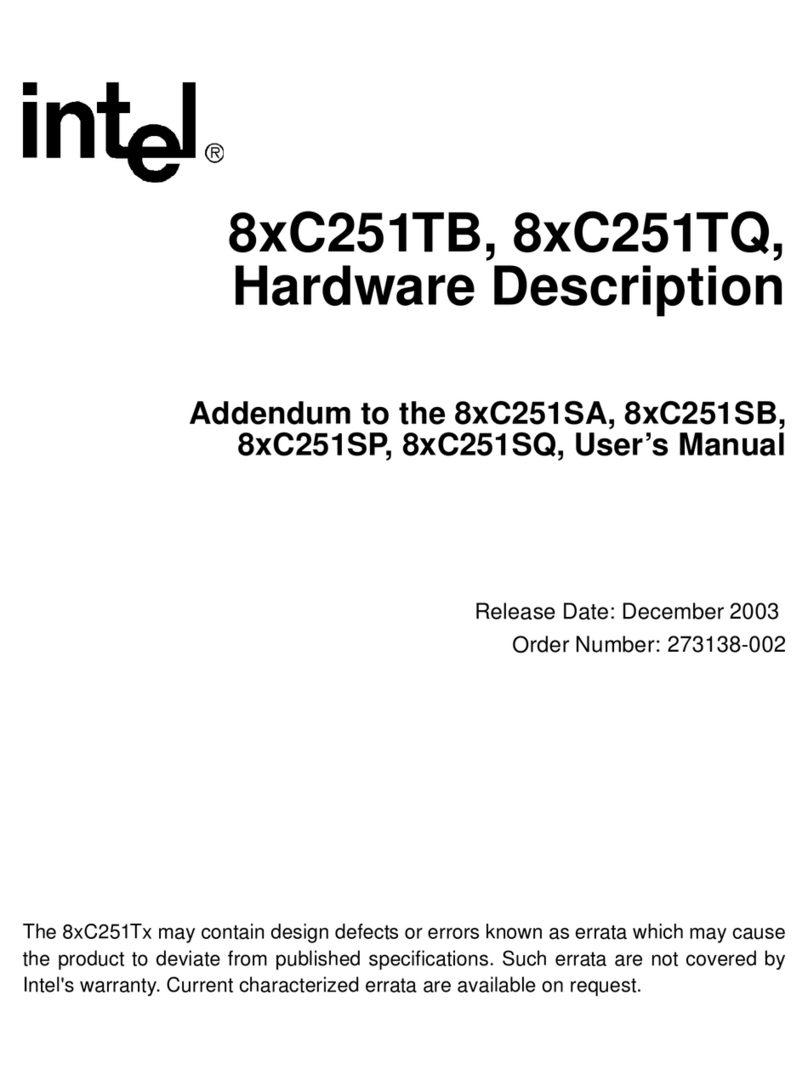
Intel
Intel 8XC251SA Guide
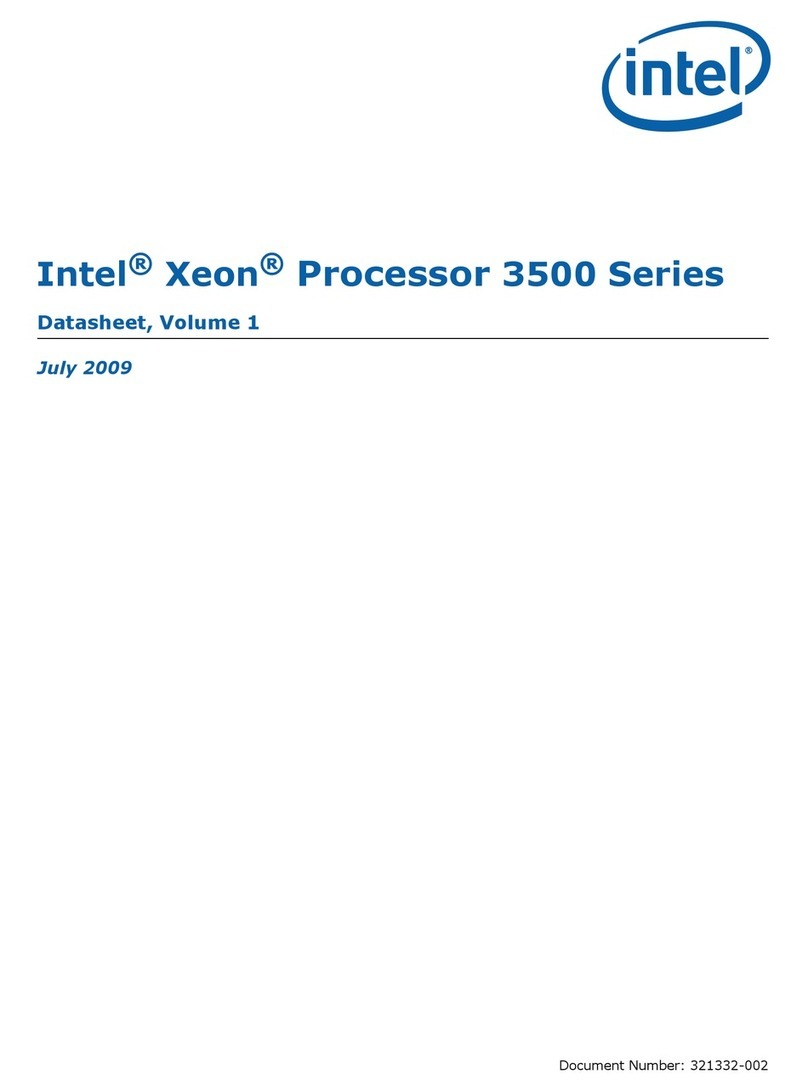
Intel
Intel Xeon 3500 Series User manual
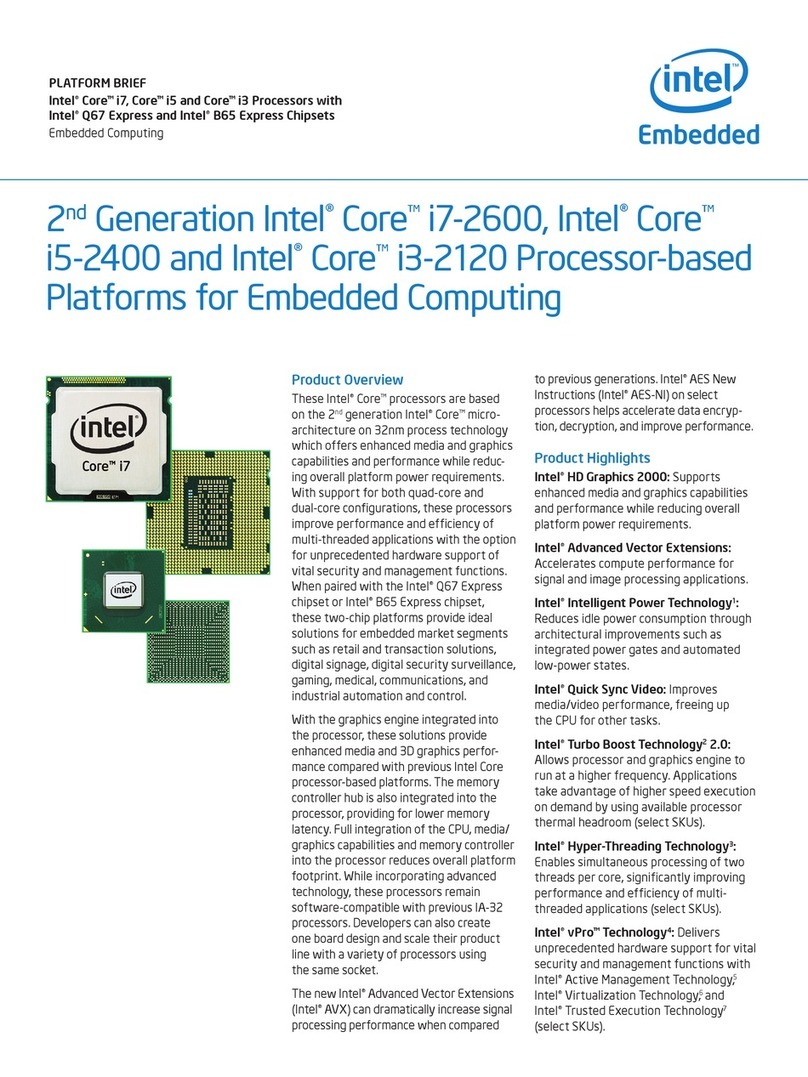
Intel
Intel Core i7-2600 Gain Operating and safety instructions
Popular Computer Hardware manuals by other brands

Toshiba
Toshiba TOSVERT VF-MB1/S15 IPE002Z Function manual

Shenzhen
Shenzhen MEITRACK MVT380 user guide

TRENDnet
TRENDnet TEW-601PC - SUPER G MIMO WRLS PC CARD user guide

StarTech.com
StarTech.com CF2IDE18 instruction manual

Texas Instruments
Texas Instruments LMH0318 Programmer's guide

Gateway
Gateway 8510946 user guide

Sierra Wireless
Sierra Wireless Sierra Wireless AirCard 890 quick start guide

Leadtek
Leadtek Killer Xeno Pro Quick installation guide

Star Cooperation
Star Cooperation FlexTiny 3 Series Instructions for use

Hotone
Hotone Ampero user manual

Connect Tech
Connect Tech Xtreme/104-Express user manual

Yealink
Yealink WF50 user guide
